This week we announced the TechRadar Choice Awards 2024 winners, Apple launched a slew of M4 Macs, and Marvel outlined its MCU TV line-up (and boy are we excited).
To catch up on all this and more we’ve rounded up the top seven tech news stories from the week below, with links to the original articles if you want to find out more.
When you’re done catching up why not browse our picks for the 7 new movies and TV shows to stream weekend (November 1)?
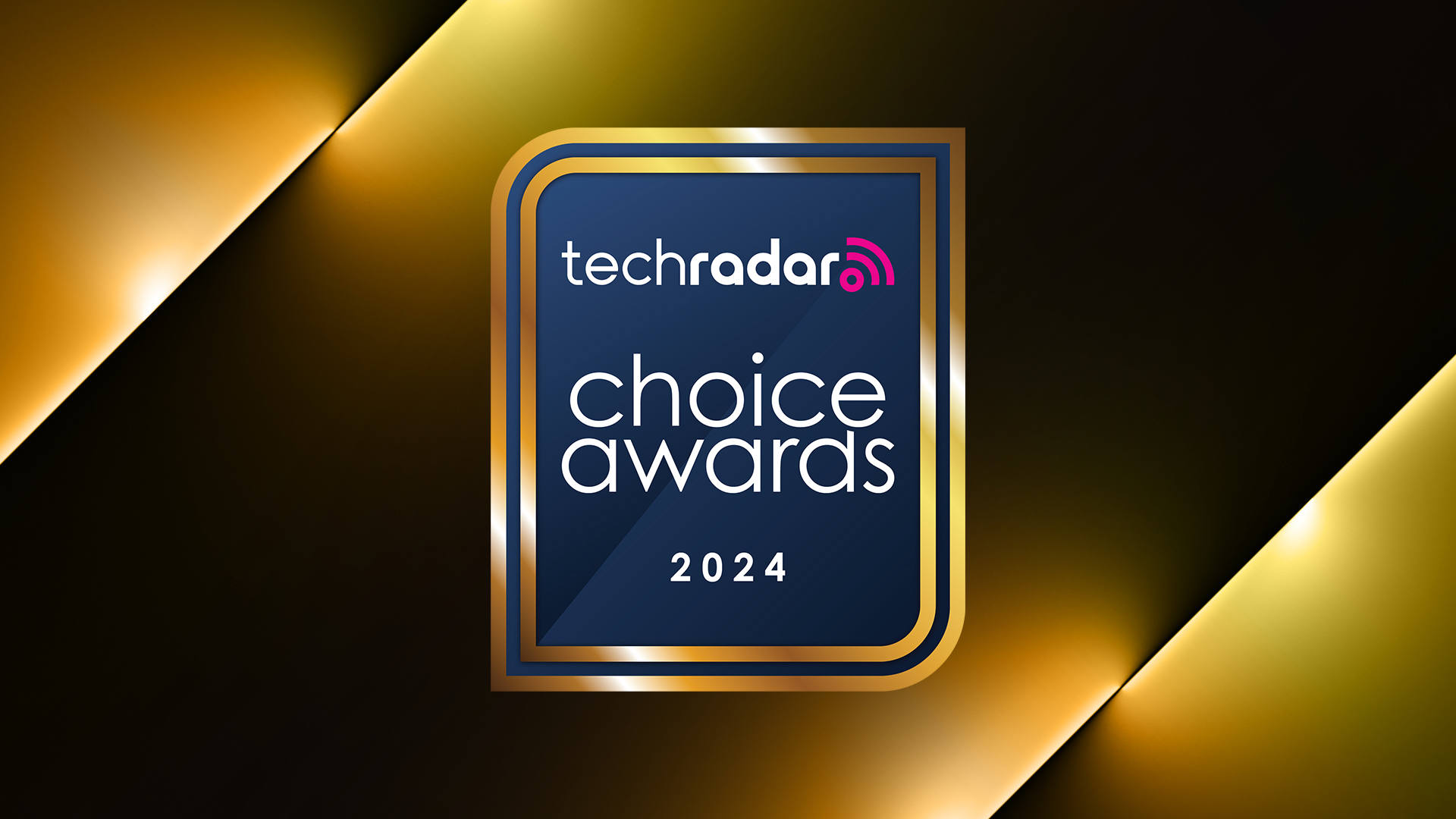
The TechRadar Choice awards returned for 2024, and we’ve crowned our winners across over 100 categories.
Taking the Reader’s Choice award (which is 100% chosen by our readers) was the Samsung Galaxy S24 Ultra, with the Samsung S95D being crowned the best OLED TV, the Apple Watch Series 10 being declared best smart watch, Nvidia winning computing brand of the year, and Balatro winning game of the year.

Halloween fell on a Thursday this year, meaning you’d be forgiven for throwing a party at the beginning of November. We’re encouraging it, in fact, thanks to TechRadar’s Halloween Week. Experts from all across the site have contributed streaming recommendations, recipes, gaming thoughts, AI tips and more, to help you enjoy the spookiest time of year to the fullest.
Don’t worry if you’re not a huge horror fan, because there’s plenty of animation, comedies, or general seasonal content if you’d rather have a more relaxed celebration. Halloween is for everyone and so is our guide, so make sure you check that out over the weekend.
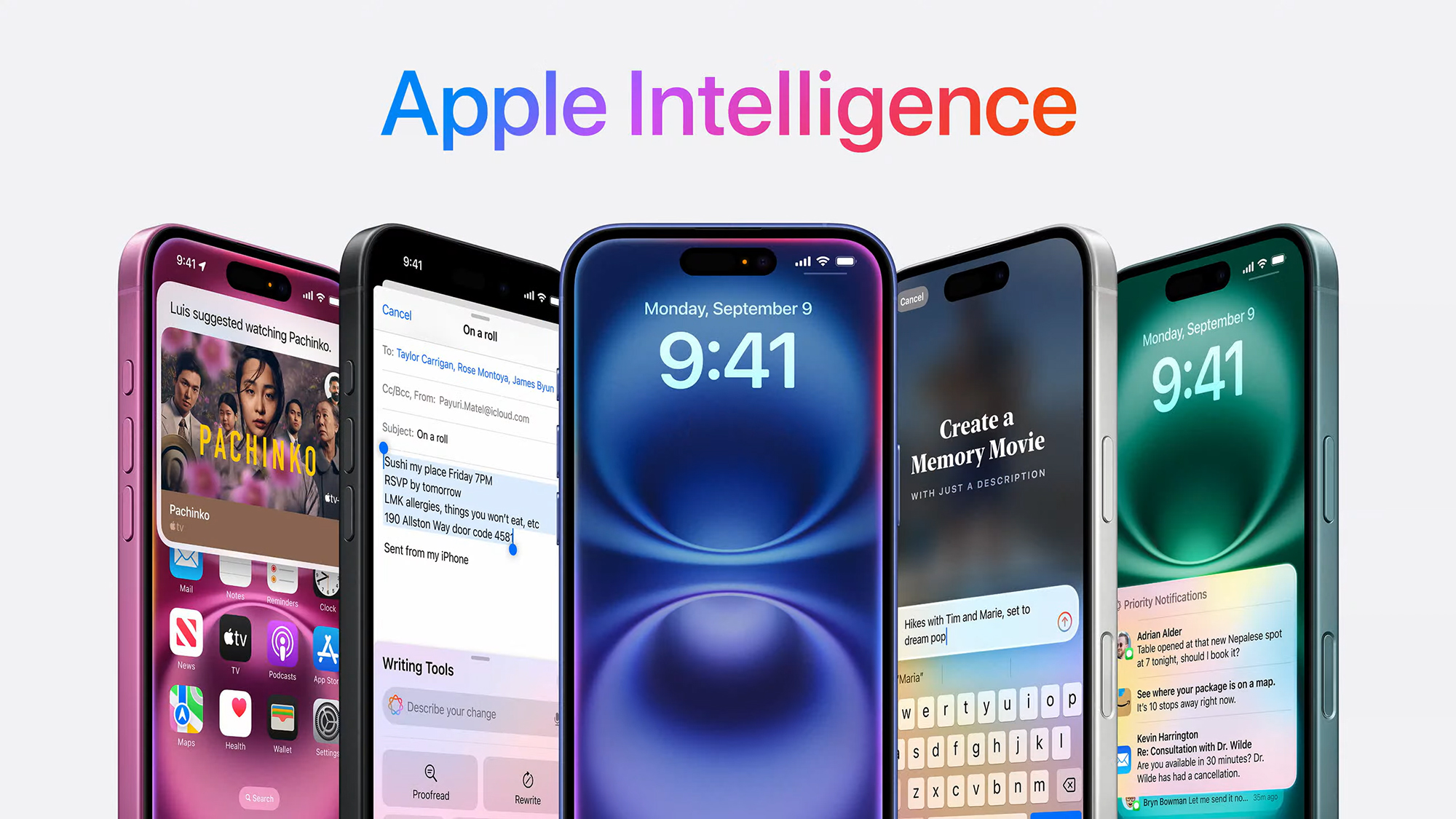
With iOS 18.1 we finally got our hands on the first wave of Apple Intelligence features including Writing Tools for proofreading and rewriting, Smart Replies to reply to messages quickly, Notification Summaries, Cleaning Photos, and a redesign of Siri. You’ll also get these experiences on an iPad or Mac courtesy of iPadOS 18.1 and macOS Sequoia 15.1, which also began rolling out this week.
Unfortunately, Apple Intelligence tools such as Genmoji, Image Playground, and ChatGPT-integration for Siri, and the iPhone 16’s Visual Intelligence won’t arrive until iOS 18.2 later this year.
To use Apple Intelligence on iPhone, you need an iPhone 15 Pro, 15 Pro Max, 16, 16 Plus, 16 Pro, or 16 Pro Max, and make sure your device is set to US English. On a Mac, you’ll need an M-Series chip and on iPad you’ll need either the A17 Pro, M1, M2, or M4 chips to get Apple Intelligence (with the same language restriction as iPhone).

Sonos’ latest high-end soundbar is the Sonos Arc Ultra, and it’s now officially on-sale – but some lucky buyers received it before the street date, and took to the internet to share their experience. And it’s good news for Sonos hopefuls, with one early tester who upgraded from the Arc to Arc Ultra saying “I hoped that the Ultra [would] be better than the Arc but it is significantly better in every regard.”
The star is the bass, driven by an innovative new Sound Motion speaker – it’s way beyond what the previous model is capable of, and actually is beyond what almost any other sub-less soundbar can do. We’re in the middle of testing the Arc Ultra for our review, and can say this part is a big for Sonos, for sure.
People don’t seem to be having any problems with setting it up in the Sonos app either, which is a good sign given what a tough few months the company’s had when it comes to software.

Every week is a busy week for Marvel, but the past seven days have been particularly packed for the comic book giant – and not just because Agatha All Along’s two-part finale spooked us all on Disney Plus (read more about it in our Agatha All Along ending explained article).
Indeed, whether it was the official announcement that Spider-Man 4 is not only in development, but also has a confirmed release date, or Marvel revealing its full TV line-up for late 2024 and beyond, the Disney subsidiary has got plenty more content to show us over the next 14 months. So much for releasing fewer movies and shows post-Infinity Saga, eh, Marvel?
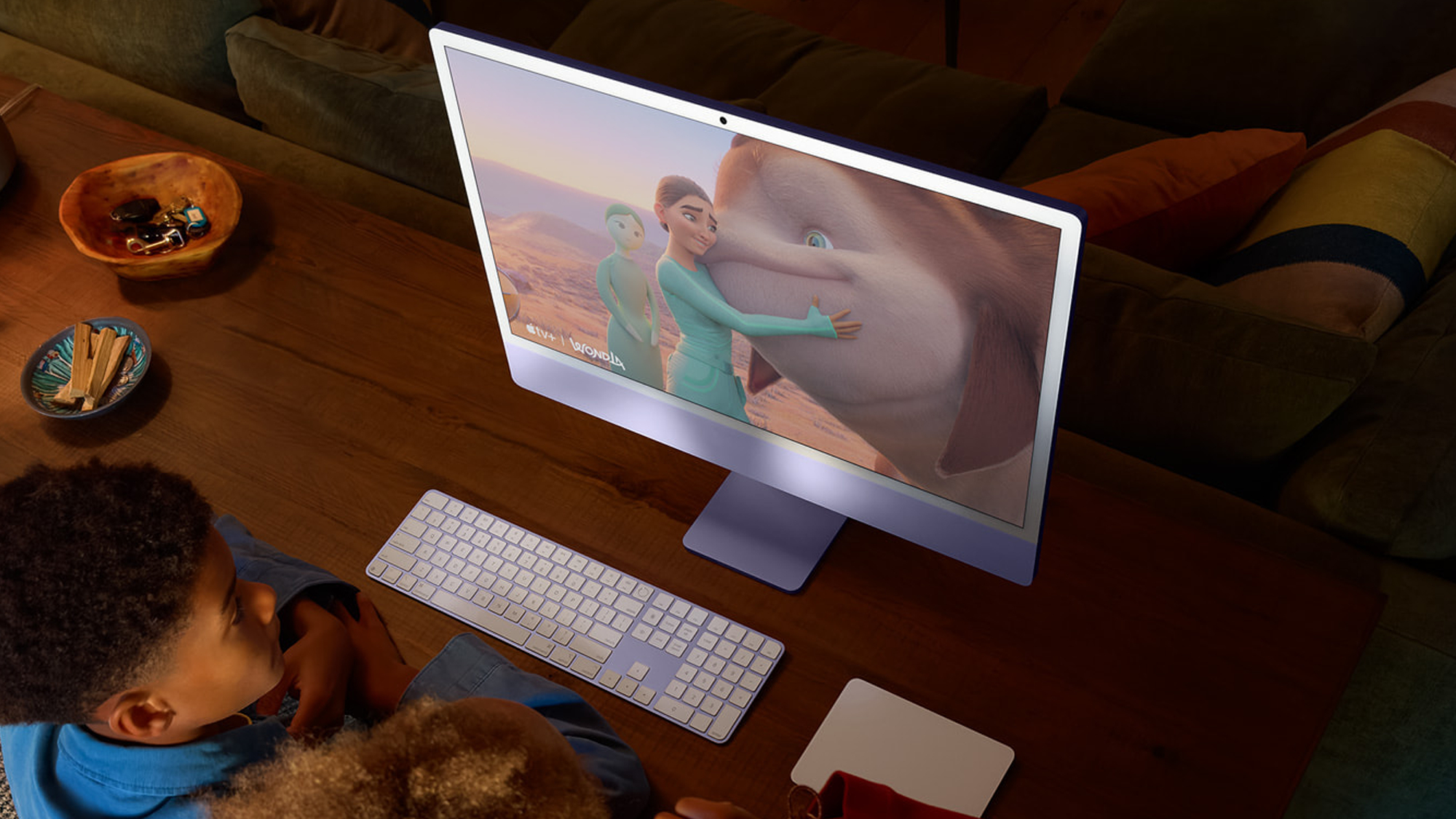
It’s been a bumper week for Apple, with a slew of new M4 Mac product reveals that kicked off with the new M4 iMac on Monday. The new iMac has an updated processor, new color options, and a lower starting price than the M3 version – all good things.
The second (and perhaps best) reveal was the new Mac mini with M4 and M4 Pro – a powerhouse computer crammed into an absolutely tiny five-by-five-inch chassis. The redesign didn’t just make the Mac mini smaller and faster, it also brought audio and USB-C ports to the front of the chassis, a much-needed addition.
We also saw new versions of the 14- and 16-inch MacBook Pro featuring the M4, M4 Pro, and M4 Max chips, plus updated Magic Mouse, Magic Keyboard, and Magic Trackpad peripherals for Mac users. Finally, 16GB is now the standard base configuration for all Mac products – thank heavens – which retroactively includes the M2 and M3 MacBook Air.
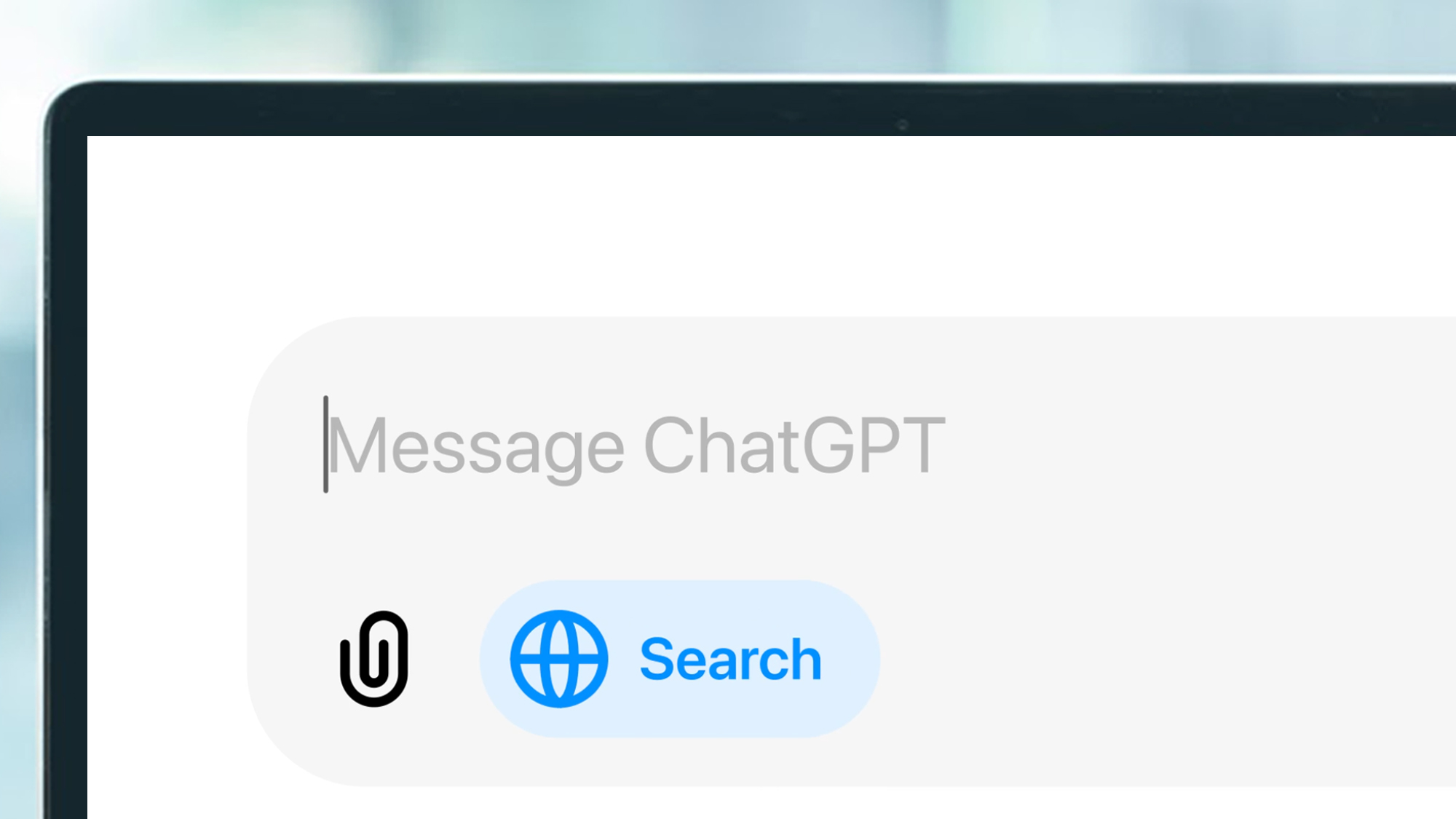
OpenAI’s ChatGPT chatbot has taken the world by storm, introducing millions of people to AI for the first time, but now it’s striking out beyond its chatbot origins and competing directly with Google in search.
Searching the web in ChatGPT isn’t like using Google. Instead of pages of web links in response to a query, you get a nicely considered series of AI text responses, with the option to click through to a web page if you like.
ChatGPT search is great for asking questions, but it can also deliver answers to local searches like “What is the best pizza restaurant near me?“, and can show results on a map. From our initial testing it looks like ChatGPT search is a very efficient way to search the web.


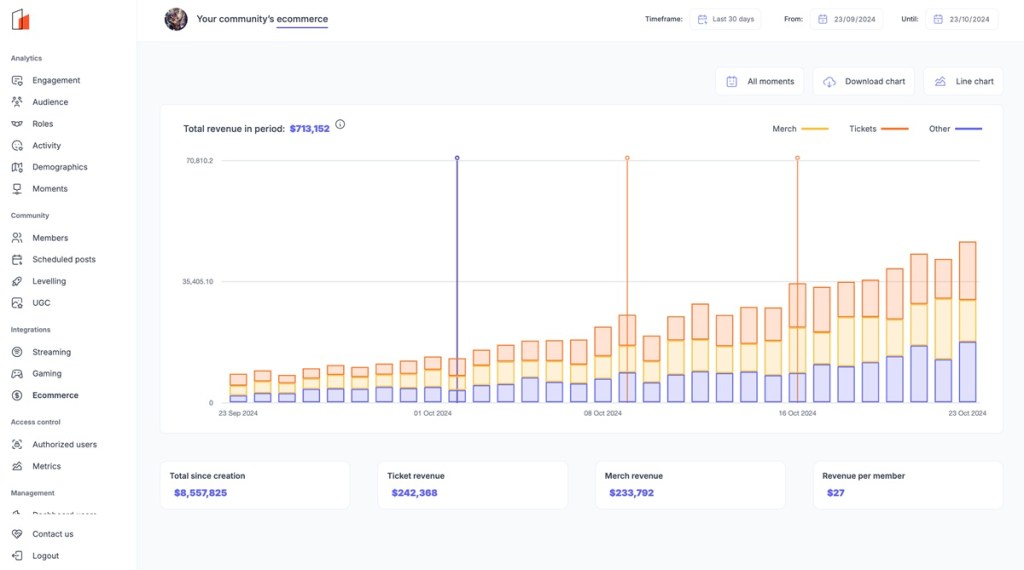


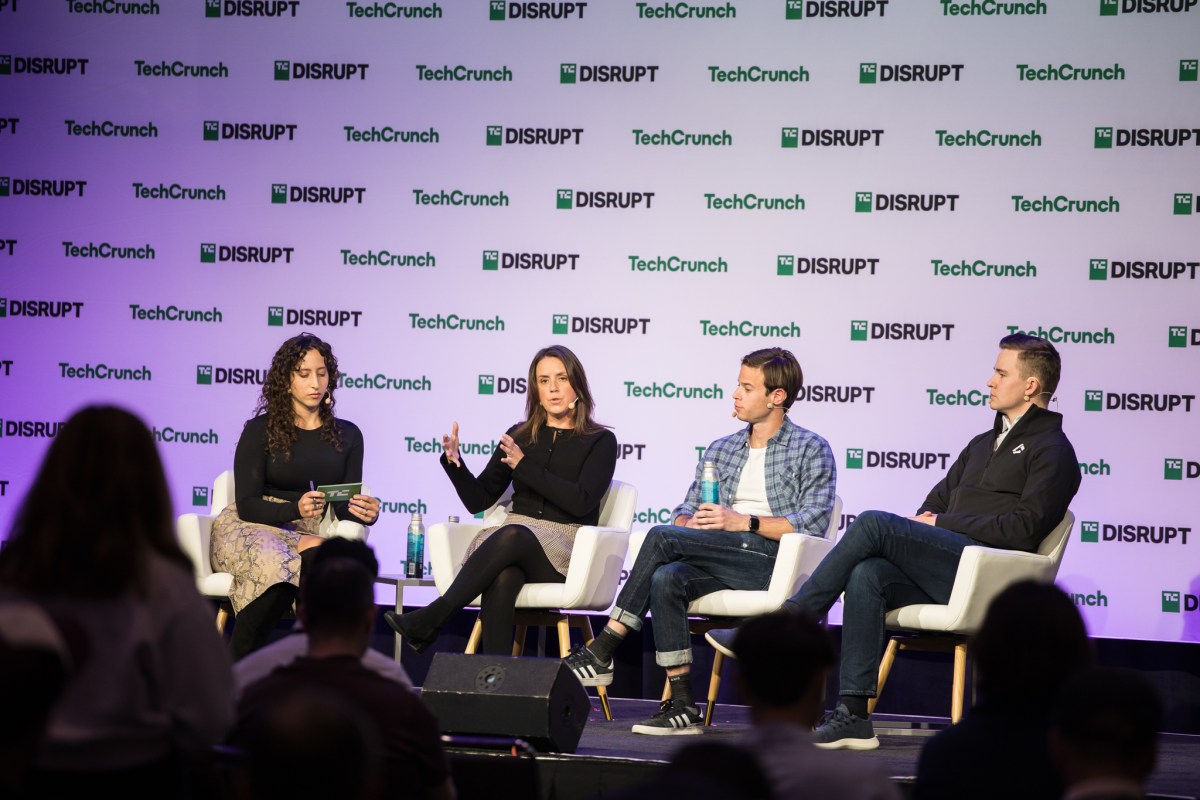




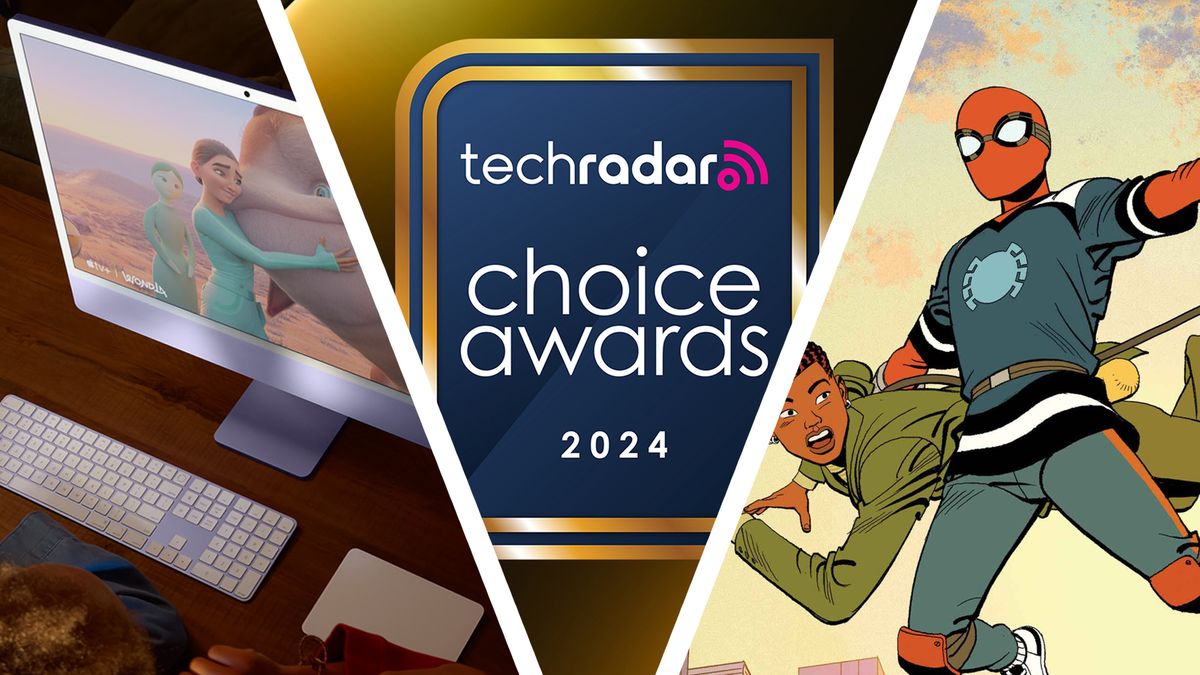
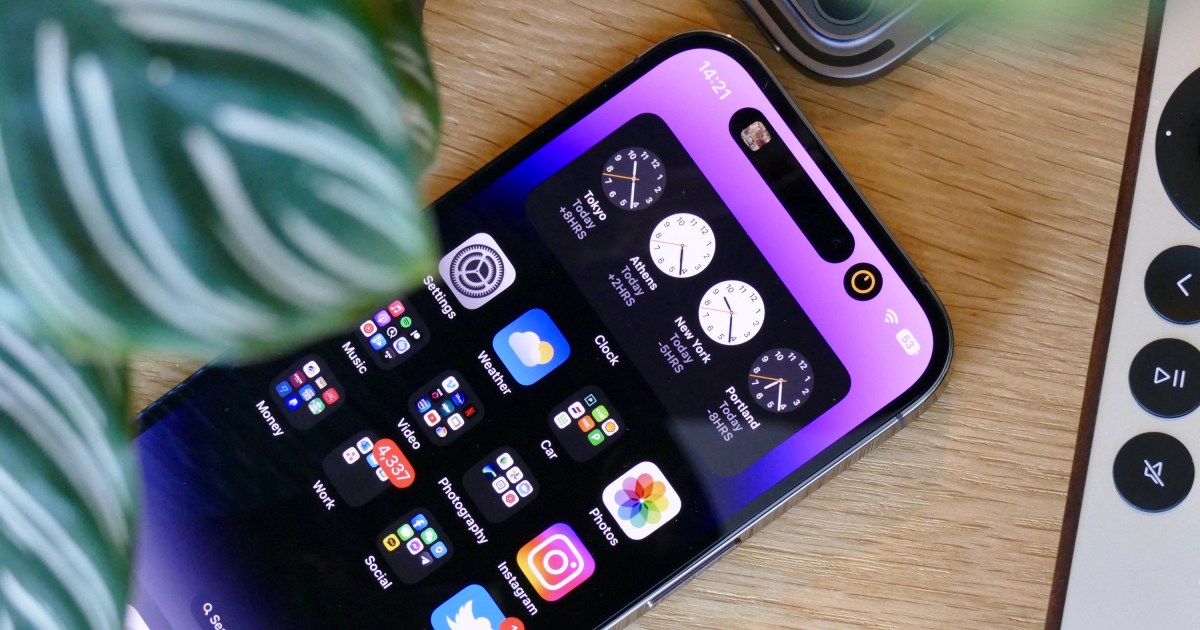
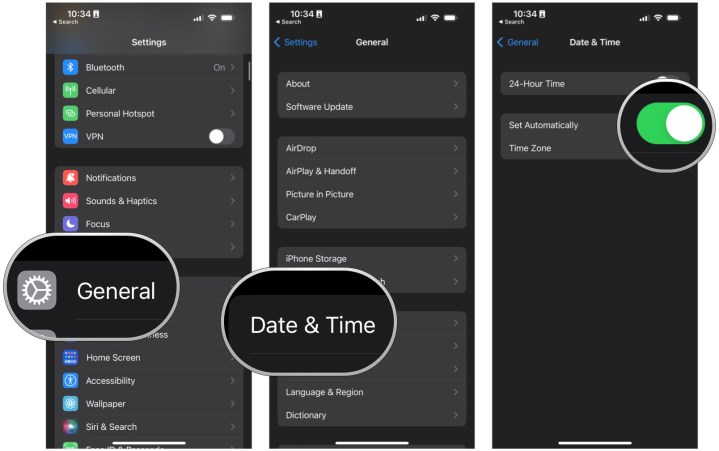
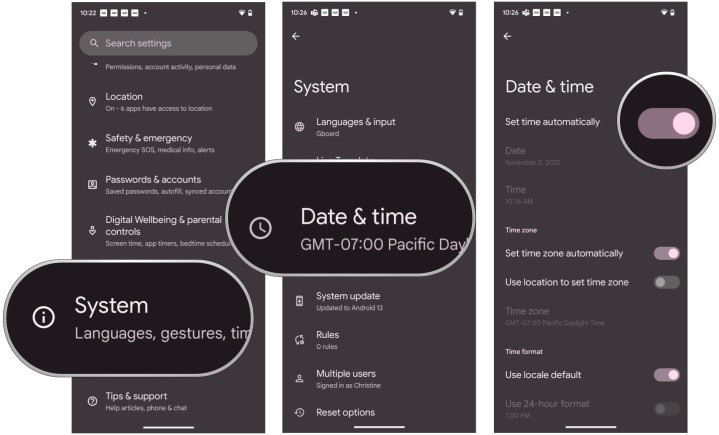

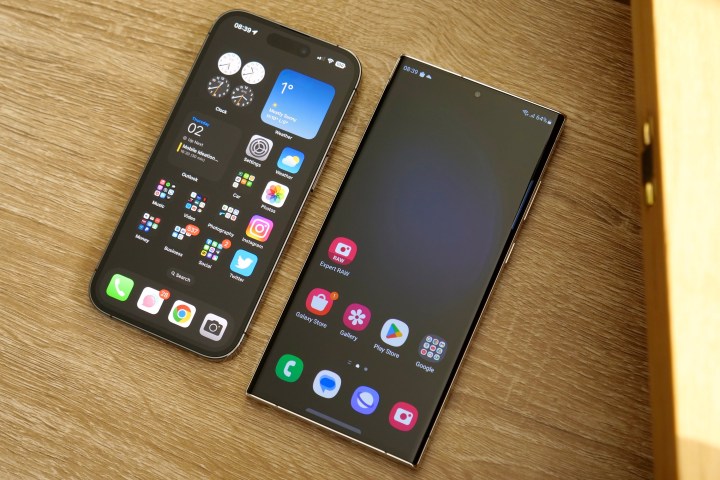




































































































































































You must be logged in to post a comment Login